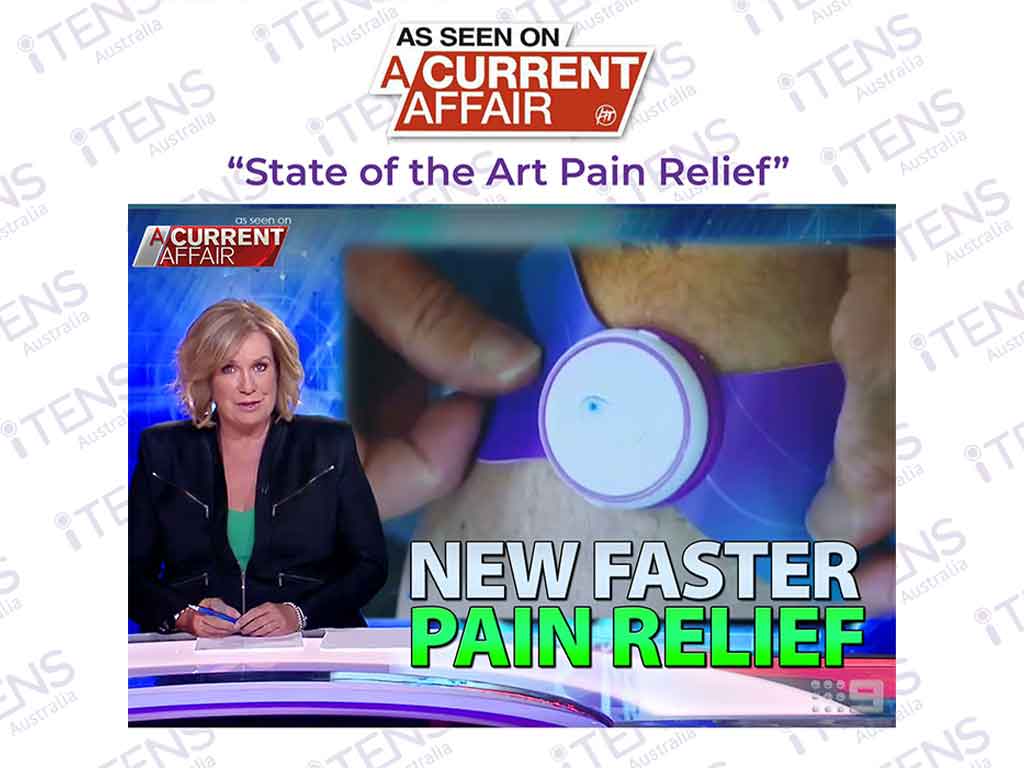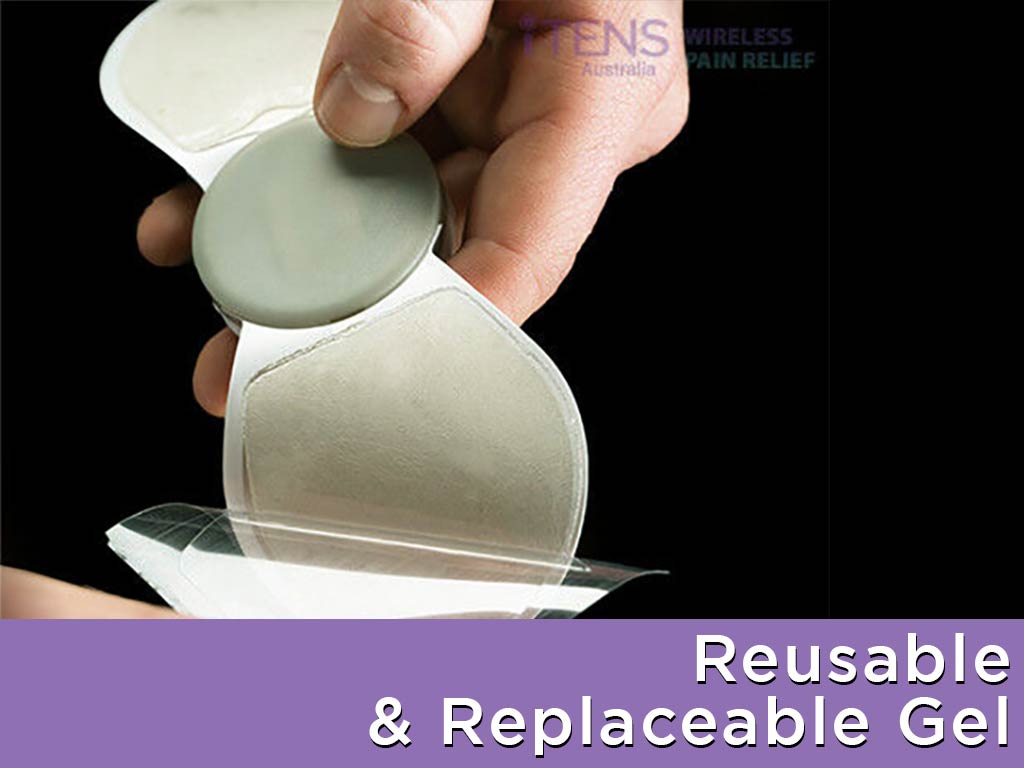
Costochondritis is a condition characterised by inflammation in the cartilage that connects the ribs to the breastbone. It can cause sharp chest pain and discomfort. Thus, everyday activities can be challenging. Pain medications are available to treat it. However, its regular use comes with adverse side effects. This is why a TENS unit for costochondritis is necessary. It helps relieve pain by generating electrical impulses that stimulate the nerves. It blocks pain transmitters, which leads to less pain perceptions.
The affected area for costochondritis is the chest wall near the breastbone. Deep breathing, sneezing, or coughing can make the pain worse. This is because these activities can cause the cartilage to move and stretch. To alleviate the pain, individuals can utilise alternative treatment options, like TENS. They must understand the components surrounding the condition and the device. Hence, the following sections will present information about costochondritis, as well as the functionality and operation of TENS.
Understanding the Condition Before Using a TENS Unit for Costochondritis
To effectively use a Transcutaneous Electrical Nerve Stimulation or TENS unit for costochondritis, people should first understand the condition. Costochondritis is a pain in the rib cage. Inflammation of the costochondral joint or cartilage that connects a rib to the sternum causes it. Individuals may feel it in any part of the chest. Also, they may experience a sharp stabbing sensation or burning pain.
Before undergoing a therapy session, patients should consult with a doctor. This confirms the diagnosis and provides appropriate treatment recommendations. Then, they can make informed decisions about TENS. It is essential to know the pain triggers and aggravating factors. Similarly, they should know any underlying factors contributing to the inflammation. This knowledge allows them to choose the appropriate settings and placement for TENS.
Furthermore, understanding costochondritis is important for managing expectations of TENS as pain relief. It can temporarily reduce pain, but it is not a cure. It should be a part of a comprehensive treatment plan that may include physical therapy and lifestyle modifications. Overall, being aware of the condition and the limitations of TENS maximises its effectiveness and minimises complications.
Risk Factors
- Electrode placement: Incorrect positioning of pads may lead to ineffective treatment or discomfort for the patient.
- Intensity setting: Using a TENS machine at a high-intensity level can cause muscle contractions. This may lead to severe pain or muscle strain in the affected area.
- Duration of use: Prolonged use of TENS for costochondritis pain without breaks can potentially lead to harm. This is due to constant electrode contact.
- Pre-existing medical conditions: Epilepsy or heart diseases may have contraindications with TENS. Thus, it can be unsafe for certain individuals.
- Allergic reaction: Some people may have an allergy to adhesives. This can result in skin irritation or rashes.

How a TENS Unit for Costochondritis Works
A TENS unit for costochondritis works by delivering a mild electric current through electrodes placed on the skin near the affected area. The electrical impulses that travel along nerve fibres override and stop pain signals from getting to the brain. Consequently, TENS helps to reduce pain perception in the chest associated with costochondritis.
Furthermore, the electrical stimulation promotes the release of endorphins, which are the natural painkillers of the body. It utilises low frequencies to alleviate pain. Moreover, it helps reduce muscle tension and reduce further stress on the affected cartilage. This allows for a faster healing process. Users can adjust the settings on the TENS device to suit individual preferences and needs.
One of the reasons why many people are interested in TENS is because it is versatile. Aside from costochondritis, the device can work to manage other health conditions. Some examples are rheumatoid arthritis, abdominal pain, and postoperative pain. Furthermore, they can use it in conjunction with other treatments, like heating pads or regular physical activity.
Benefits of Using the Device
Using a TENS comes with several benefits. Firstly, it provides a non-invasive and drug-free method of pain relief. It applies low-voltage electrical currents to the affected area. Consequently, it effectively reduces acute and chronic pain, including costochondritis. It offers a safe alternative to medications that may have unwanted side effects.
Secondly, TENS is fast-acting. Individuals can receive relief within 15 minutes. However, they must place the pads correctly. Moreover, the machine must be in good working condition. Lastly, it can target specific areas of discomfort and offer customisable settings. This allows users to tailor their pain management experience to their individual needs.

How to Operate a TENS Unit for Costochondritis
To begin operating a TENS unit for costochondritis, make sure the skin is clean and dry to ensure proper contact. Users should then position the adhesive pads according to the manual. This will include detailed information about the specific settings and features of the device. Afterwards, attach the electrodes to the pain site. This would be the chest area for costochondritis pain.
Once electrode pads are in place, select the appropriate mode and intensity level on the machine. Many units offer different modes, such as continuous or pulsating, which can vary in frequency and duration. Start with a low setting and gradually increase it until a comfortable level is reached. It is important to remember that TENS should never cause pain. Instead, the goal is to achieve a pleasant tingling sensation.
The treatment session should last for 20-30 minutes. After this duration, turn off the unit before removing the electrodes. Store the device properly after each use. Make sure to keep it away from liquids to avoid electric failure. Additionally, it is important to replace the pads regularly to maintain maximum effectiveness.
Correct Pad Placement Guide for Safe Use
Correct pad positioning is vital to effective results. To ensure optimal therapy, place the pads across the painful area. Follow the natural path of the affected nerves. Do not place them too close together or directly on top of the pain. Otherwise, it may lead to discomfort. Maintain proper distance between the electrodes to cover the entire zone adequately.
Furthermore, avoid placing TENS over the breast tissue or on broken or irritated skin. Instead, position the pads slightly above, below, or beside the painful area. Individuals can change the patterns to see which works best at relieving pain. Make sure it is comfortable yet effective.
Conclusion
Costochondritis is an inflammatory condition of the cartilage in the chest wall. It mostly causes pain in the chest. However, in some cases, it can reach the shoulder and upper abdomen. To help reduce the pain, people can use a TENS unit for costochondritis. It is a battery-operated device that produces low-voltage electrical currents to the body. TENS stops pain messages from reaching the brain. Moreover, it releases more endorphins. Remember to consult a healthcare provider before using TENS.
Operating the machine is straightforward. Individuals need to attach the electrodes correctly to the skin. They must read the instructions and practice caution to ensure optimal performance from TENS. Users can adjust the settings to accommodate different levels of pain relief. This natural pain relief is cost-effective because people can use it not just for costochondritis but also for various types of pain conditions, like fibromyalgia. Overall, TENS can be an effective and drug-free alternative for pain management.







